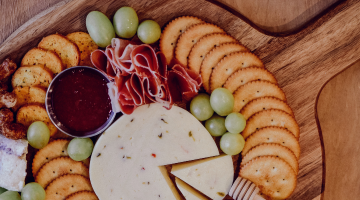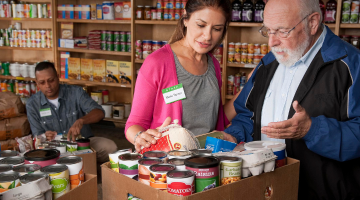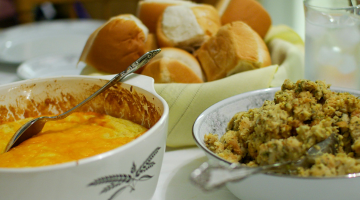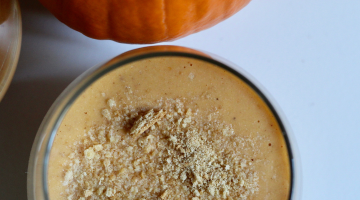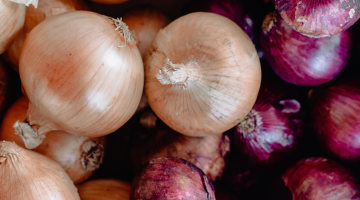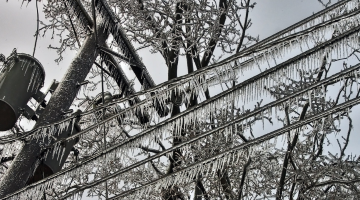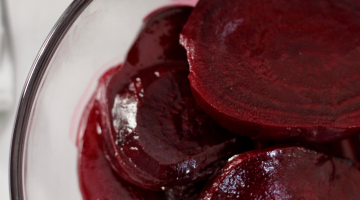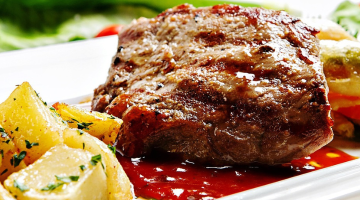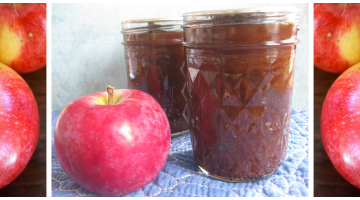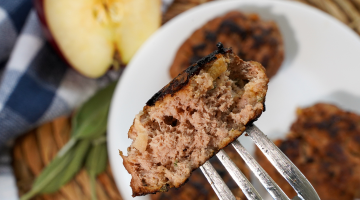How to Build a Healthy Charcuterie Board for the Holidays
— By Kayla Parsons, Registered Dietitian Nutritionist and Ph.D. Student, University of Maine Cooperative Extension Heading to a holiday party, but not sure what to bring? Everyone loves a well-assembled charcuterie board (pronounced: shaar-koot-tr-ee). While charcuterie traditionally refers to the preparation of cured meats, the term is frequently used to describe snack trays and plates […]
Read more
